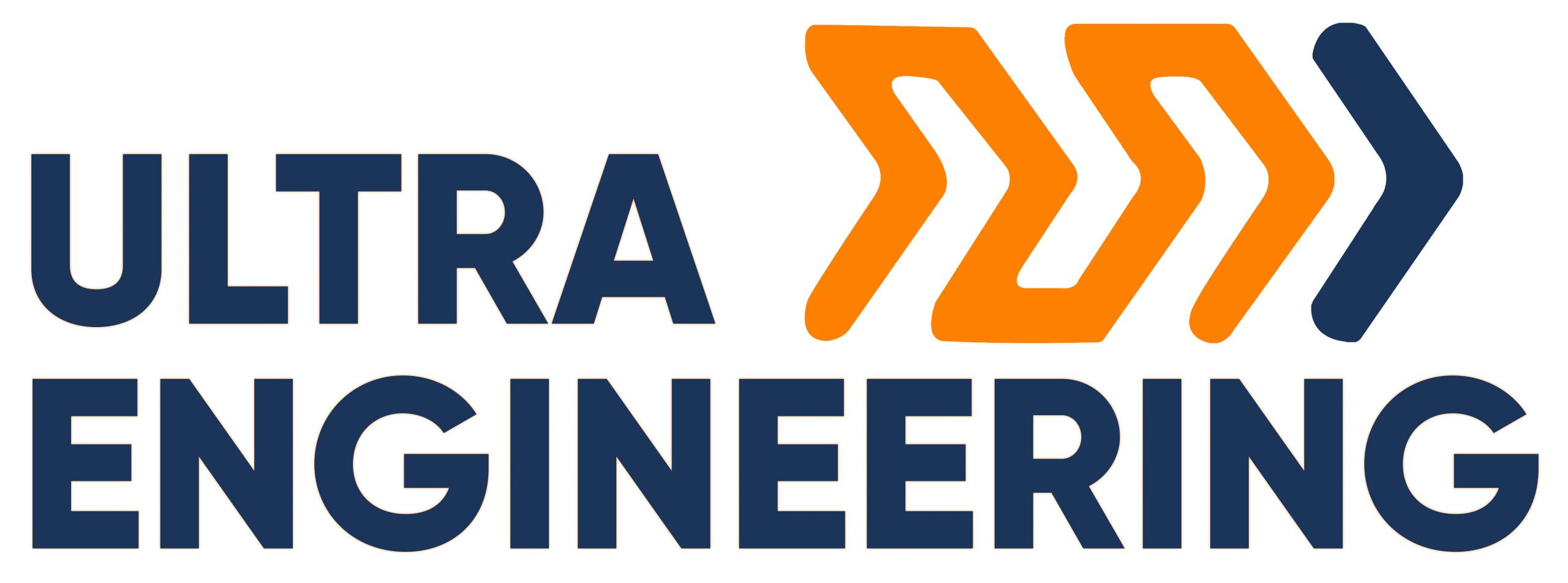The factors that impact personal budgets include the average cost of living in a city, an individual’s income level, lifestyle, and personal preferences. Budgeting often emphasizes short-term financial targets, such as meeting quarterly revenue or profit goals. This focus on short-term objectives may come at the expense of long-term strategic https://www.mcm-bags.us/case-study-my-experience-with-9/ planning and investment. The installation of a perfect system of budgeting is not possible in a short period. Business conditions change rapidly; therefore, budgeting programmes should be continuously adapted.
Flexible Budgets and Static Budgets – the Difference
Flexible budgets shine in settings where https://avhosting.us/valuable-lessons-ive-learned-about/ costs rise or fall in step with business activity. For SaaS companies, that often includes things like hosting fees and website infrastructure. When traffic increases—thanks to marketing efforts like webinars, ebooks, or new content—those costs naturally go up.
Production Budget
The estimates of expenses derived through a flexible budget aid in comparing the actual cost for the activity level. A flexible budget serves as a benchmark by setting the expenditures for different activity levels. With this budget, expenses don’t vary with revenue; instead, they vary depending on other measures, such as the electricity cost based on https://www.djrotterdam.info/getting-creative-with-advice-10/ the consumed number of units. An intermediate flexible budget takes into account expenses changes based on other activity levels.
- Appoint flexible budgeting leads in each function to advocate usage and consistency.
- Planning involves developing goals and preparing various budgets to achieve those goals.
- Using average or forecasted activity instead of actual causes misleading variance.
- The benefits of flexible budgeting and the agility it can provide to organizations makes it a popular budgeting method for finance professionals to use.
- Therefore, from a control point of view, the long-term budget should be supplemented by short-term budgets.
Step 2: Set Rates and Fixed Costs
A budget that is established for use over a short period and is related to the current conditions is called the Current Budget. This budget is adjusted to the current conditions prevailing in the business. This budget does not take into consideration changes occurring from the external environment which are beyond the control of management.
The budgeting process creates plans to make expenses or allocate resources. It can be made for an individual, project, business, government, or other organization. Yes, small businesses, particularly those in industries with fluctuating sales or production, can benefit from a flexible budget. It helps adjust for unexpected expenses and revenue changes, providing a more accurate financial outlook.
- This will be helpful to the organization, as it aids you to continue making informed expense decisions for your organization.
- Anticipated revenue and estimated expenditure are the two crucial components.
- Allocating a specific amount towards debt repayment helps in managing and reducing debt effectively.
- This means that the variances will likely be smaller than under a static budget, and will also be highly actionable.
- This budget can show how various types of expenses can differ for different production and sales volumes (flexible budget) .
Understanding the distinction between variable and fixed costs is crucial to effective flexible budgeting. Variable costs fluctuate with production output, while fixed costs remain constant regardless of activity levels. This categorization is essential for accurate budget management and cost control. To conclude, the flexible budgets seems appropriate for businesses operating in uncertain conditions. However, the choice between static and flexible budgeting depends on many factors. In addition, the variance or discrepancy on contraction or expansion of profits also influences the choice of the budgeting approach.
Operating Budgets
Flexible budgets can also be used to calculate different business financing activities, such as how much to spend on various expenses incurred during a certain period. Flexible budgeting relies on strong financial assumptions, especially when linking variable line items to business drivers. Trying to force connections where they don’t exist can create noise and reduce forecast accuracy.
